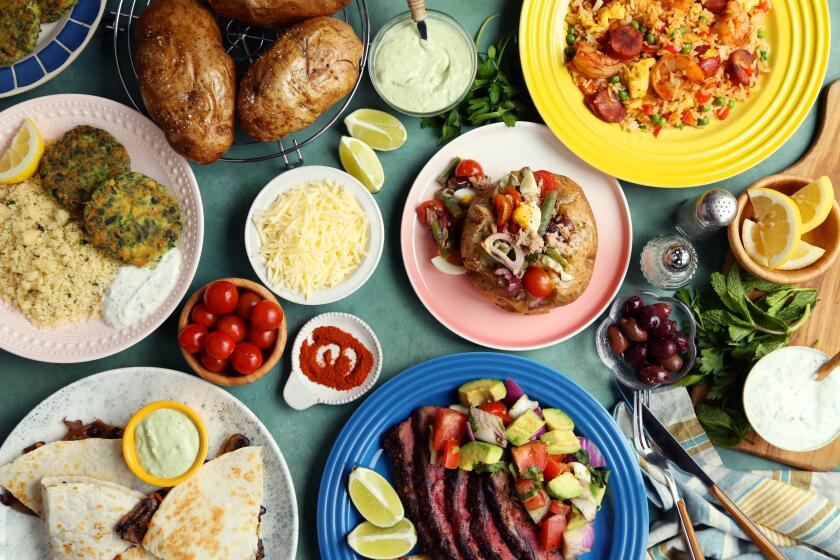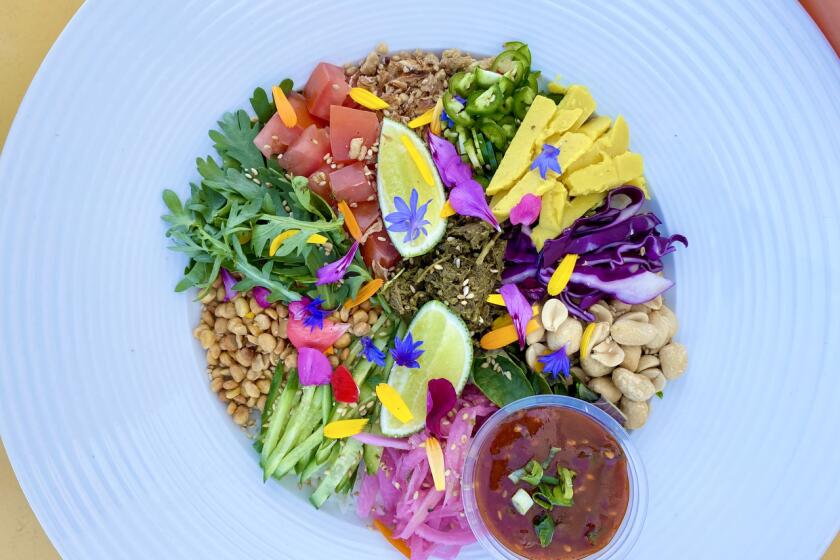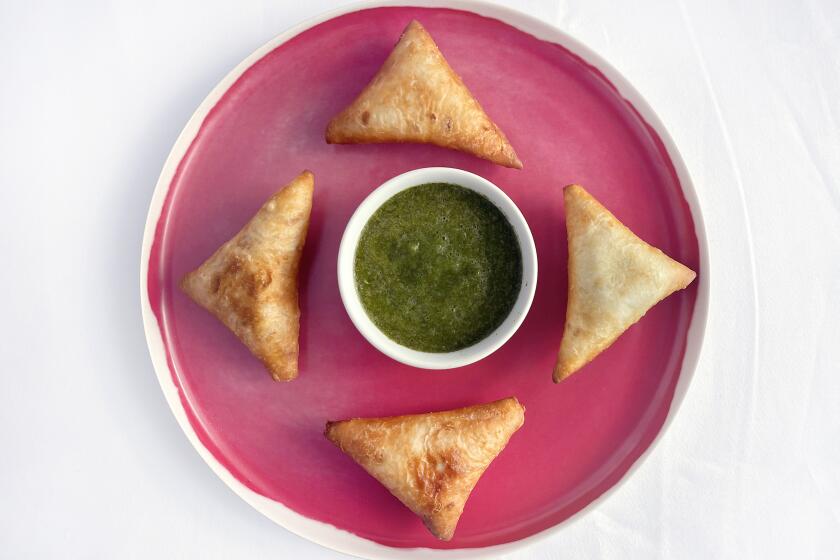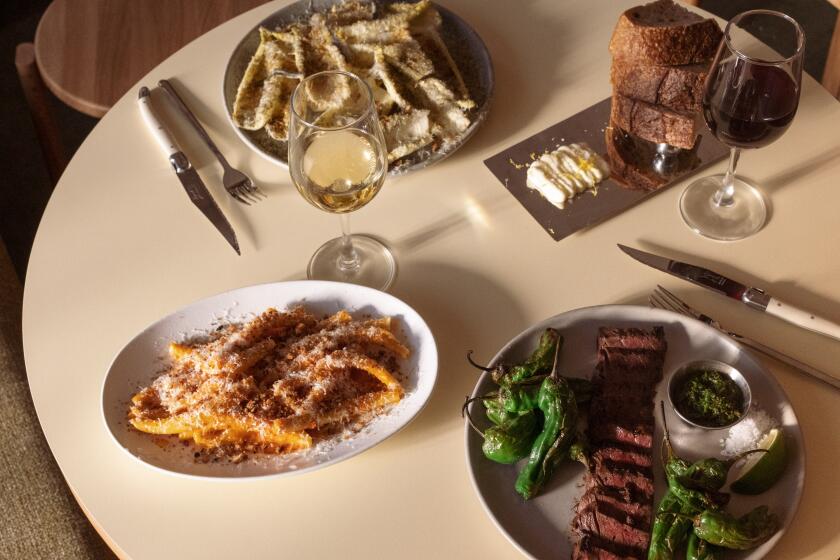Why Somali fried dumplings deserve a place on your table and in your heart
Food, memory and migration fold together like the three corners of sambuus, holding at their center our history, culture and identities.
Sambuus, a triangular fried dumpling filled with meat, seafood or vegetables, is eaten throughout East Africa and the Middle East (it has many names and siblings internationally, including samosa, sambusaq, chamuça). This is celebration food, consumed during special occasions like weddings, Ramadan or Eid celebrations. Thereâs no definitive answer on how sambuus came to exist, but this beloved golden-brown treat is likely a result of the marriage between East African and Middle Eastern culinary influences in Somalia â an offspring born from trade and migration throughout the region.
When my family was resettled in Seattle in 1996 after the Somali civil war, we brought more than our suitcases. We also carried with us our dhaqan (cultural traditions), our language and our recipes. While we adapted to our new country, we never fully assimilated. For many immigrants and refugees, assimilation often means a cultural death. We were committed to keeping our dhaqan alive.
Somalia is known as the nation of poets; our recipes, like our poetry and our songs, are passed down orally.
My mother began to teach me to cook after our arrival to the United States. Iâm not sure if she saw her culinary lessons as cultural preservation, but thatâs what they were. She wasnât just showing me how to toast xawaash spices over flame or what peppers to blend into basbaas (hot sauce), she was also ensuring that cultural knowledge would not end with her. The knowledge she bestowed transformed me into a walking archive.
By my teens, I could make all manner of Somali dishes. I could flip spongy sour anjeero with my fingers, make tender goat and rice, and throw together Somali pasta. At the time, I didnât realize the importance of knowing these recipes or that my mother was preserving food heritage. I just thought I was going to my mamaâs cooking school.
Food blogger and author Jonathan Melendez brings you five tasty recipes for our next âWeek of Mealsâ series.
My mother taught me how to adapt, both in cooking and in life. Our classic Somali recipes now included ingredients that were readily available in our new home. The homemade sambuus pastry was replaced by time-saving tortillas. Alongside the usual beef filling, there was now a rich supply of Pacific Northwest salmon.
Our family was a part of the early wave of Somali refugees to be resettled in Seattle, and the community was close-knit. Care and mutual aid werenât just foundational beliefs but daily practices. My community was generous with one another, redistributing resources like housing and food. We cooked with the assumption that someone could knock on the door at any moment, so we always had a cup of shaah (tea) waiting to welcome them.
Eid celebrations were when I felt the most connected to my community â specifically, Eid al-Fitr, the holiday that marks the end of the monthlong fast for Ramadan. If Ramadan requires abstinence, Eid al-Fitr gives abundance.
âTop Chefâsâ Marcel Vigneron (Wolf, Beefsteak) has opened a Thai restaurant in Malibuâs Point Dume Plaza.
I treasured the early-morning Eid salat, where women stood shoulder to shoulder in a sea of vibrant fabrics and gold, praising Allah, and the celebratory wishes of âEid wanaagsan,â accompanied by the joyful exchange of kisses on the cheek between strangers and loved ones.
What I loved most were the post-Eid salat banquets: our home filled with aunties, cousins and the smell of cinnamon coffee; the table decorated with halwa and cookies; my motherâs bright red henna-stained fingers elegantly filling tortilla cones with salmon, folding each corner of the sambuus with care; a plate of freshly fried salmon sambuusas for a waiting crowd. It was a little Seattle but always Somali.
Get the recipes:
Salmon Sambuus
Basbaas (Green Somali Hot Sauce)
More to Read
Eat your way across L.A.
Get our weekly Tasting Notes newsletter for reviews, news and more.
You may occasionally receive promotional content from the Los Angeles Times.












